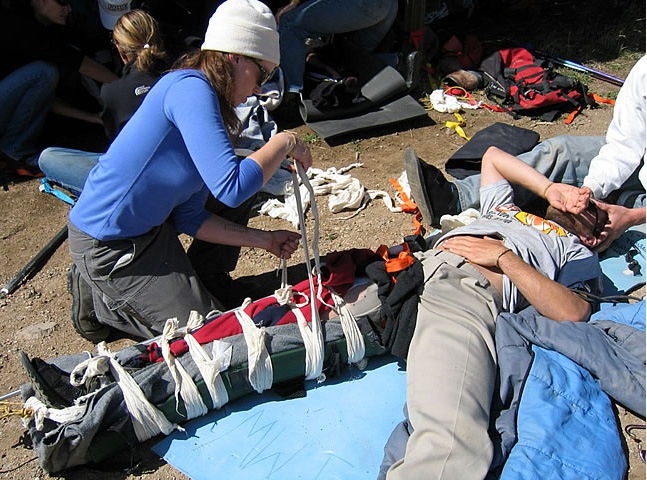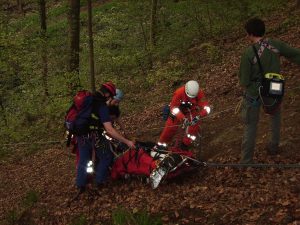
Wilderness first aid: How to manage a Basic Wound in austere environment?
Basic wounds are not the hardest to treat, in general. However, what about a basic wound in austere environment? A simple wound can turn out to be lethal if not treated and managed in a short time with an efficient first aid. And the Wilderness Medical Society knows this very well.
Managing a basic wound in austere environment. The abstract by the Wilderness Medical Society
 In an effort to produce best-practice guidelines for wound management in the austere environment, the Wilderness Medical Society convened an expert panel charged with the development of evidence-based guidelines for the management of wounds sustained in an austere (dangerous or compromised) environment. Recommendations are made about several parameters related to wound management. These recommendations are graded based on the quality of supporting evidence and the balance between the benefits and risks or burdens for each parameter according to the methodology stipulated by the American College of Chest Physicians.
In an effort to produce best-practice guidelines for wound management in the austere environment, the Wilderness Medical Society convened an expert panel charged with the development of evidence-based guidelines for the management of wounds sustained in an austere (dangerous or compromised) environment. Recommendations are made about several parameters related to wound management. These recommendations are graded based on the quality of supporting evidence and the balance between the benefits and risks or burdens for each parameter according to the methodology stipulated by the American College of Chest Physicians.
Managing a basic wound in austere environment: the introduction
The skin is the largest organ system in the human body. Inremote and wilderness environments, caring for injuries tothe skin is a fundamental necessity. The reported incidenceof injury varies considerably. A review of the NationalOutdoor Leadership School (NOLS) incident databasefrom 1998 to 2002 included 1940 incidents of injuries,illness, and near-miss accidents over 630,937 program-days.1Nonathletic soft tissue injuries accounted for 31%of the incidents. In emergency departments, 12 millionvisits for traumatic wounds are reported yearly.2Floreset al3reported 14.8% of 100,000 outdoor recreationalinjuries were lacerations.
In a study of medical incidentsand evacuations in the wilderness setting, McIntosh et al4noted that 4% constituted injuries to skin or woundinfections, 3.7% were burns, and 2.7% were blisters.Burns, even if minor, can result in significant morbid-ity and the need for evacuation. In the above NOLSstudy, 5% of total injuries were burns. Of the 488patients evacuated in that study, 7 (23% of burn victims)were because of burns. Many series of outdoor injuriesshow burns as 2% to 8% of wilderness injuries, but theyaccount for a relatively high percentage of evacuations,morbidity, and mortality.5–10Although the incidence of wounds sustained in thewilderness varies, the numbers are significant.
Even“minor”wounds such as blisters, abrasions, and smallburns can present significant management challenges in abackcountry environment.In an effort to develop proper guidelines for basicwound management in the austere environment, basedon the best existing evidence, an expert panel was con-vened to develop evidence-based guidelines.
wilderness_medical_society_basic_wound_austere_environment_guidelines
READ OTHER ARTICLES ABOUT FIRST AID IN WILDERNESS
Is a bicycle ambulance a good solution for urban first aid?
Remote Area Combat First Aid Course in Italy
California wildfires: in Woolsey, around 3,700 firefighters at work. Another priority is saving animals!
First aid in Greece: Wildfires make Mati “the new Pompei”


